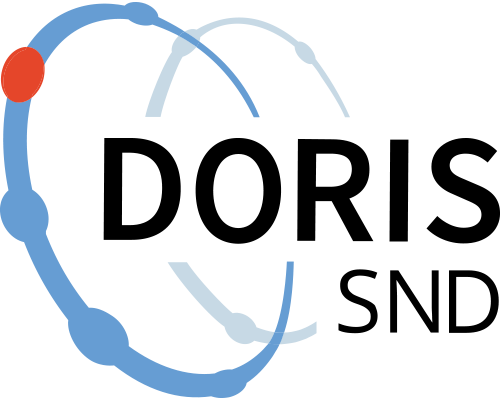A new high-resolution nation-wide aboveground carbon map for Brazil
https://doi.org/10.5879/ecds/2017-09-12.1/1
Brazil is home to the largest tracts of tropical vegetation in the world, harbouring high levels of biodiversity and carbon. Several biomass maps have been produced for Brazil, using different approaches and methods, and for different purposes. These maps have been used to estimate historic, recent, and future carbon emissions from land use change (LUC). It can be difficult to determine which map to use for what purpose. The implications of using an unsuitable map can be significant, since the maps have large differences—both in terms of total carbon storage and its spatial distribution.
This dataset of aboveground carbon was created based on data from existing maps and an up-to-date LULC map. The map reflects current LULC, has high accuracy and resolution (50 m), and a national coverage. It can be a useful alternative for scientific studies and policy initiatives concerned with existing LULC and LUC outside of existing forests, especially at local scales when high resolution is necessary, and/or outside the Amazon biome.
Map unit: tonnes of aboveground carbon per hectare.
This dataset of aboveground carbon was created based on data from existing maps and an up-to-date LULC map. The map reflects current LULC, has high accuracy and resolution (50 m), and a national coverage. It can be a useful alternative for scientific studies and policy initiatives concerned with existing LULC and LUC outside of existing forests, especially at local scales when high resolution is necessary, and/or outside the Amazon biome.
Map unit: tonnes of aboveground carbon per hectare.
Data files
Data files
Citation and access
Citation and access
Data access level:
Creator/Principal investigator(s):
- Oskar Englund - Chalmers University of Technology - Department of Space, Earth and Environment
Research principal:
Data contains personal data:
No
Citation:
License:
Language:
Method and outcome
Method and outcome
Geographic coverage
Geographic coverage
Administrative information
Administrative information
Topic and keywords
Topic and keywords
Publications
Publications
Metadata
Metadata
Version 1.0
